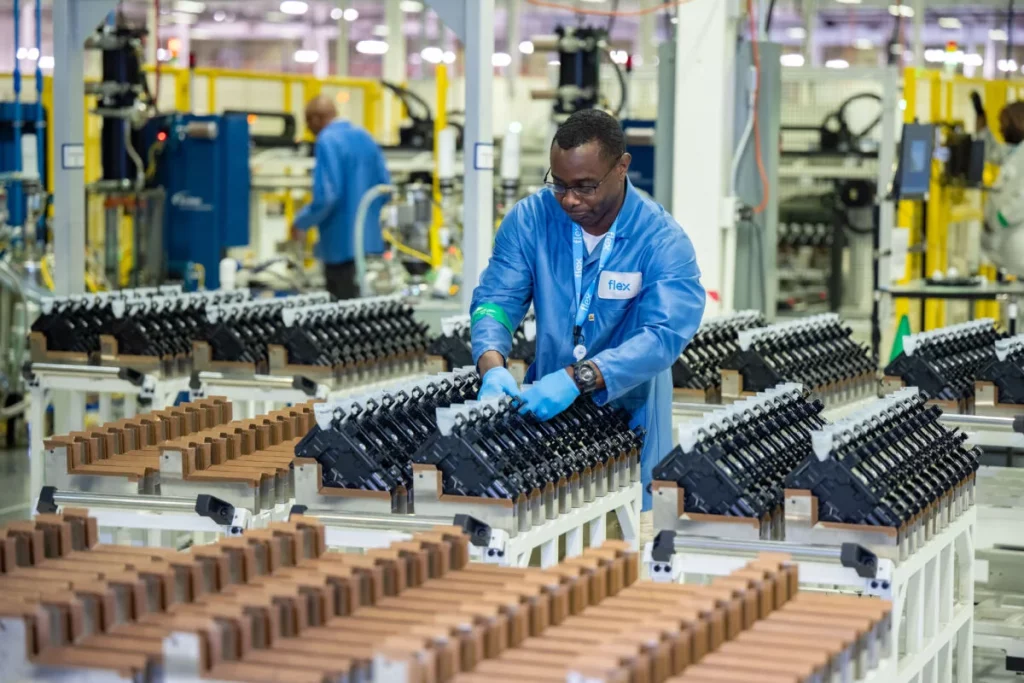Flex, formerly known as Flextronics, recorded more sales in Mexico than in China in fiscal year 2024.
For the year ended March 31, Flex reported sales of US$26.415 billion worldwide.
Of this total, sales in Mexico had a 26% share, placing it in first place.
This was followed by sales in China (19%), the United States (14%) and Malaysia (8%).
Two years earlier, in 2022, China accounted for 25% of the company’s total sales, while Mexico’s share was 21%.
In 2023, the two countries were tied, with 23 percent of the company’s total sales.
Customers include Apple, Cisco Systems, Johnson and Johnson, Motorola Solutions, Nike and Xerox Holdings Corporation.
Flex
This company’s sales were $24.633 billion in fiscal 2022 and $28.502 billion in 2023.
Headquartered in Singapore, Flex offers design, manufacturing, distribution and service solutions for a wide range of industries.
The company is one of the world’s largest global supply chain solutions providers.
Flex has established an extensive network of manufacturing facilities in the world’s major business and consumer markets (Asia, the Americas and Europe) to meet the growing outsourcing needs of both multinational and regional customers.
Factories
The company designs, builds, ships and services business and consumer products for its customers through a network of approximately 100 facilities in approximately 30 countries on four continents.
As of March 31, 2024, its total manufacturing capacity was approximately 27 million square feet.
The company specializes in electronics manufacturing, from individual components to complete devices, and offers product design, prototype manufacturing, mass production, logistics and supply chain management services.
Flex has been noted for its focus on innovation, sustainability and corporate social responsibility in its operations.
Origin
In 1969, Joe and Barbara-Ann McKenzie started a family business called Flextronics, which manufactured circuit boards for the growing number of Silicon Valley companies.
By automating board construction, they were able to produce boards more reliably, faster and more cost-effectively than their customers could on their own.

